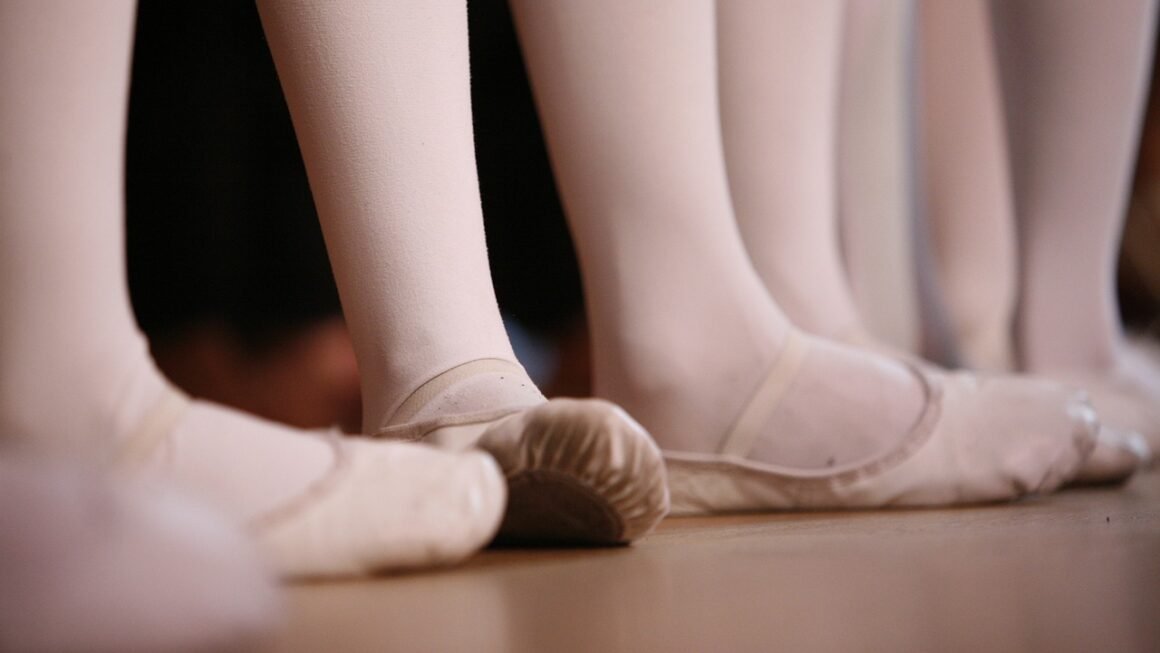Judo, often referred to as “the gentle way,” is far more than just a martial art; it’s a discipline that cultivates physical prowess, mental fortitude, and profound respect. Originating in Japan in the late 19th century, Judo has evolved into a globally practiced sport, an effective method of self-defense, and a philosophy that emphasizes moral character and self-improvement. This comprehensive guide explores the rich history, techniques, benefits, and practical aspects of Judo, offering valuable insights for both beginners and seasoned practitioners.
The Origins and Philosophy of Judo
Judo’s Birth from Jujutsu
Judo was created by Jigoro Kano in 1882, drawing from various styles of Jujutsu, an older Japanese martial art focusing on close combat. Kano sought to refine Jujutsu, removing dangerous techniques and emphasizing safety while retaining its core principles of leverage, balance, and momentum. He founded the Kodokan Judo Institute, which became the central hub for Judo development and standardization.
“Seiryoku Zenyo” and “Jita Kyoei”
The philosophical bedrock of Judo rests on two key principles: “Seiryoku Zenyo” (maximum efficiency, minimum effort) and “Jita Kyoei” (mutual welfare and benefit).
- Seiryoku Zenyo: This principle emphasizes using one’s mental and physical energy most efficiently to achieve a desired outcome. It encourages practitioners to utilize an opponent’s force against them, minimizing their own exertion. For example, instead of directly opposing a strong push, a Judo practitioner might redirect the force, causing the opponent to lose balance and become vulnerable.
- Jita Kyoei: This principle highlights the importance of mutual respect, cooperation, and support. It suggests that individual progress should contribute to the well-being of the entire Judo community. Practically, this manifests in helping training partners improve, offering guidance, and maintaining a respectful training environment.
Judo’s Global Expansion
From its humble beginnings, Judo has spread worldwide. It was introduced to the Olympic Games in 1964 in Tokyo and has remained a core Olympic sport ever since. The International Judo Federation (IJF) oversees the sport globally, promoting Judo’s values and standardizing rules. Today, Judo is practiced in over 200 countries and regions, making it one of the most widely practiced martial arts in the world.
Core Techniques and Principles
Throwing Techniques (Nage-waza)
Throwing techniques, or nage-waza, are fundamental to Judo. They involve disrupting an opponent’s balance and executing a controlled throw to the mat.
- Types of Throws: Throws are broadly categorized into standing throws (tachi-waza) and sacrifice throws (sutemi-waza). Tachi-waza include throws like Ippon Seoi Nage (one-arm shoulder throw), O Goshi (major hip throw), and Uchi Mata (inner thigh throw). Sutemi-waza involve sacrificing one’s own balance to execute the throw, such as Tomoe Nage (circle throw) and Sumi Gaeshi (corner throw).
- Grips (Kumi-kata): Establishing a strong grip is crucial for executing throws effectively. Common grips include the standard lapel and sleeve grip, as well as variations that can set up specific techniques. A dominant grip provides control over the opponent’s movement and allows for better balance manipulation. For instance, a strong grip on the sleeve can facilitate throws that involve pulling the opponent forward.
- Balance Breaking (Kuzushi): Before a throw can be successfully executed, an opponent’s balance must be broken (kuzushi). This involves disrupting their center of gravity, making them vulnerable to being thrown. Kuzushi can be achieved by pulling, pushing, or rotating the opponent in a specific direction.
Grappling Techniques (Ne-waza)
Grappling techniques, or ne-waza, are performed on the ground and encompass a range of holds, pins, chokes, and joint locks.
- Pins (Osaekomi-waza): Pins involve controlling an opponent on their back, preventing them from escaping. A successful pin, held for a specific duration (typically 20 seconds in competition), results in an automatic win (Ippon). Common pins include Kesa-Gatame (scarf hold), Yoko-Shiho-Gatame (side four-quarter hold), and Kami-Shiho-Gatame (top four-quarter hold).
- Chokes (Shime-waza): Chokes involve restricting blood flow to the brain, causing an opponent to submit. These techniques are highly effective but require careful application and supervision. Examples include Kata-Ha-Jime (single wing choke) and Hadaka-Jime (rear naked choke).
- Joint Locks (Kansetsu-waza): Joint locks involve applying pressure to a joint, forcing an opponent to submit to avoid injury. In Judo, joint locks are primarily applied to the elbow. A common example is Ude-Garami (entangled arm lock).
Falling Techniques (Ukemi)
Falling techniques, or ukemi, are essential for preventing injuries when being thrown. Learning to fall correctly is one of the first things a Judo student learns.
- Types of Falls: There are different types of falls, including forward falls (mae ukemi), backward falls (ushiro ukemi), and side falls (yoko ukemi). Each type of fall involves specific body positioning and techniques to distribute impact.
- Practice and Drills: Ukemi are practiced repeatedly to develop muscle memory and ensure that the student can react instinctively when thrown. Drills often involve progressively higher throws to build confidence and proficiency.
Benefits of Practicing Judo
Physical Benefits
Judo provides a comprehensive workout that improves physical fitness in numerous ways.
- Strength and Conditioning: Judo training develops both strength and cardiovascular endurance. Throwing and grappling techniques require significant muscular strength, while sparring (randori) improves cardiovascular fitness.
- Flexibility and Balance: Judo requires a high degree of flexibility and balance. The constant movement and shifting of weight improve balance, while stretching and warm-up exercises enhance flexibility.
- Coordination and Agility: Judo improves coordination and agility. Executing throws and grappling techniques requires precise timing and coordination of movements.
Mental Benefits
Beyond the physical, Judo offers substantial mental benefits.
- Discipline and Focus: Judo instills discipline and focus. The structured training environment and the need to concentrate on techniques foster a sense of discipline.
- Self-Confidence and Resilience: Overcoming challenges in Judo training builds self-confidence and resilience. Learning to persevere through difficult situations translates to other areas of life.
- Mental Toughness: Judo develops mental toughness. Sparring and competition require the ability to remain calm and focused under pressure.
Social Benefits
Judo also fosters a strong sense of community and social interaction.
- Camaraderie and Teamwork: Judo promotes camaraderie and teamwork. Training partners support each other’s progress and learn from each other.
- Respect and Etiquette: Judo emphasizes respect and etiquette. Students learn to respect their instructors, training partners, and the traditions of the art.
- Cultural Understanding: Judo provides opportunities to learn about Japanese culture and traditions. The art’s history and philosophy are deeply rooted in Japanese culture.
Getting Started with Judo
Finding a Reputable Judo School
Choosing the right Judo school is crucial for a positive and safe learning experience.
- Research and Reviews: Research local Judo schools and read reviews from other students. Look for schools with experienced and qualified instructors.
- Trial Classes: Attend trial classes to get a feel for the school’s atmosphere and teaching style. Observe how the instructor interacts with students and whether the environment feels welcoming.
- Instructor Credentials: Verify the instructor’s credentials and experience. A certified instructor with a high-ranking belt (dan grade) is generally a good indication of quality.
Essential Judo Equipment
Starting Judo requires some basic equipment.
- Judogi (Judo Uniform): The Judogi is the traditional Judo uniform, consisting of a jacket, pants, and a belt. It is designed to withstand the rigors of throwing and grappling. A well-fitting Judogi is important for comfort and safety.
- Belt (Obi): The belt represents the student’s rank and progress. Beginners typically start with a white belt and progress through various colored belts as they advance.
- Optional Gear: Some practitioners may choose to wear additional protective gear, such as a mouthguard or athletic supporter.
Basic Etiquette and Safety Guidelines
Judo emphasizes respect and safety.
- Bowing (Rei): Bowing is a fundamental aspect of Judo etiquette. Students bow to the instructor and each other before and after training sessions and matches.
- Hygiene: Maintaining good hygiene is essential. Keep your Judogi clean and trim your fingernails to prevent injuries.
- Respect for Training Partners: Treat your training partners with respect and be mindful of their safety. Avoid using excessive force or dangerous techniques.
Judo in Competition
Understanding Judo Rules and Scoring
Judo competition follows specific rules and scoring criteria.
- Ippon (One Point): Ippon is the highest score in Judo and results in an automatic win. It can be awarded for a clean throw that lands the opponent on their back with force, a successful pin held for 20 seconds, a submission through a choke or joint lock, or when an opponent is unable to continue.
- Waza-ari (Half Point): Waza-ari is awarded for a throw that is not quite an Ippon, or for a pin held for a shorter duration (typically 15-19 seconds). Two Waza-ari equal one Ippon.
- Yuko (Almost Point – Old Rule): This was previously awarded but has largely been phased out.
- Shido (Penalty): Shido is a penalty given for minor rule violations, such as passivity, false attacks, or illegal grips. Accumulating multiple Shido can result in a win for the opponent.
Judo Competition Strategies
Effective Judo competition strategies involve a combination of technical skill, tactical awareness, and mental preparation.
- Grip Fighting: Controlling the grip is crucial for setting up throws and controlling the opponent. Developing strong grip fighting skills can give you a significant advantage.
- Balance Breaking: Continuously disrupting the opponent’s balance creates opportunities for throws. Use a variety of techniques to keep the opponent off balance.
- Adaptability: Be prepared to adapt your strategy based on the opponent’s strengths and weaknesses. Observe their movements and adjust your tactics accordingly.
- Mental Preparation: Visualize success and maintain a positive attitude. Manage your nerves and stay focused throughout the competition.
Conclusion
Judo, with its rich history, profound philosophy, and comprehensive skill set, offers a transformative experience for practitioners of all ages and backgrounds. Whether you are seeking physical fitness, mental discipline, self-defense skills, or a strong sense of community, Judo provides a pathway to personal growth and well-being. By understanding the core techniques, embracing the principles of “Seiryoku Zenyo” and “Jita Kyoei,” and committing to continuous learning, you can unlock the full potential of this remarkable martial art and embark on a rewarding journey of self-discovery.



